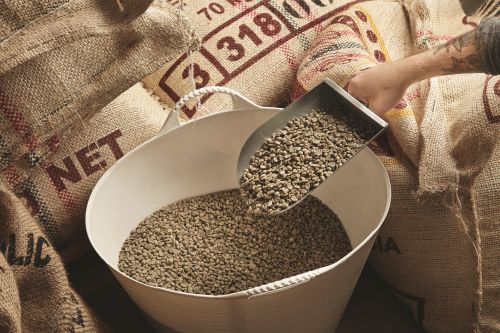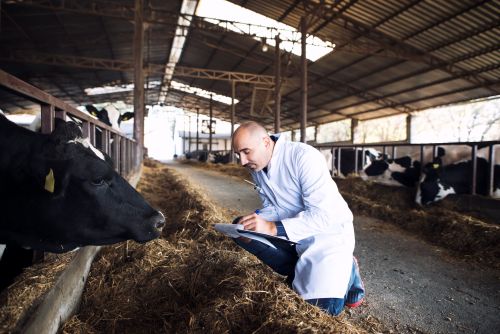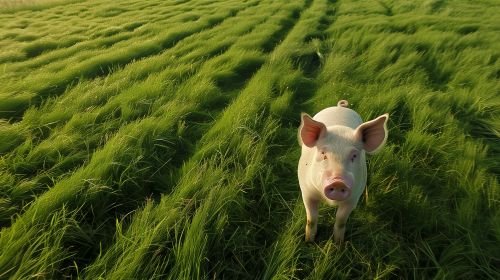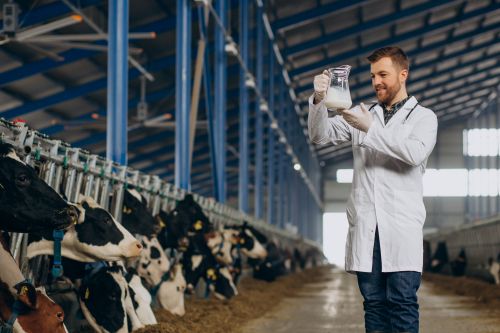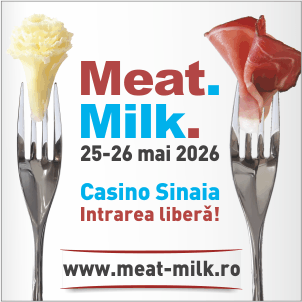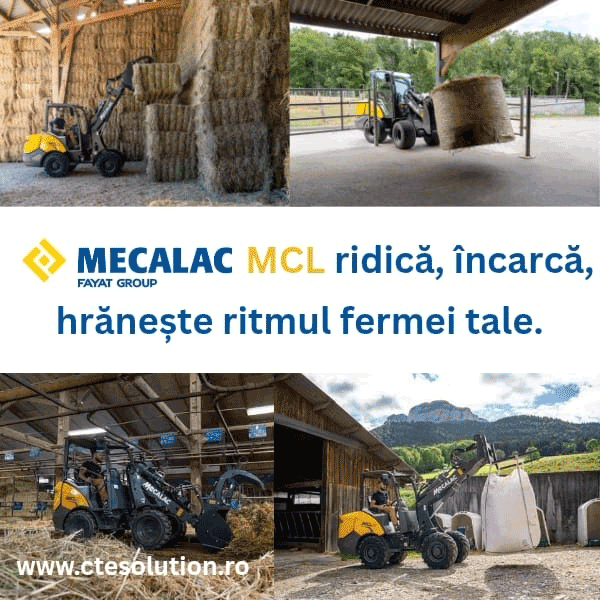325
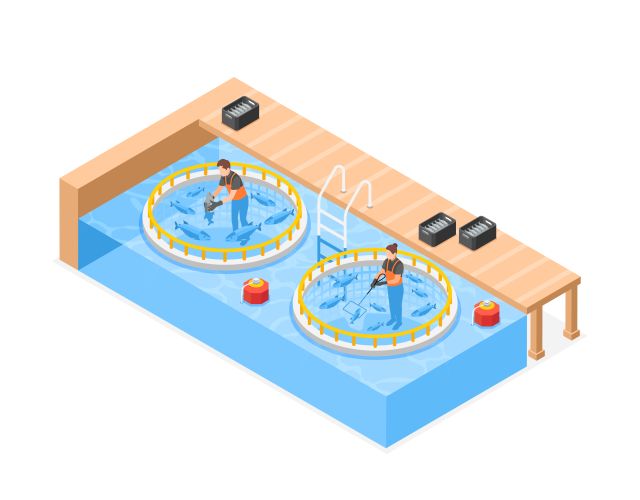
Romania has one of the largest aquatic surface areas in the European Union, yet the contribution of aquaculture to the country’s agricultural GDP remains modest. According to Eurostat data, national fish production is estimated at around 12,000 tonnes per year, far below the potential of 40,000–50,000 tonnes.
The main challenges include outdated infrastructure, a lack of modern processing facilities, and limited access to financing. However, support programs managed by the Rural Investment Financing Agency (AFIR) and the National Agency for Fisheries and Aquaculture (ANPA) have begun to encourage modernization within the fish farming sector. Between 2023 and 2024, more than 70 projects were funded, with a total value exceeding €35 million.
In the context of EU policies on food security and climate neutrality, aquaculture could become a strategic solution for diversifying protein production. Investments in recirculating aquaculture systems (RAS), biological filtration technologies, and local processing facilities could potentially triple Romania’s fish production by 2030.
(Photo: Freepik)
